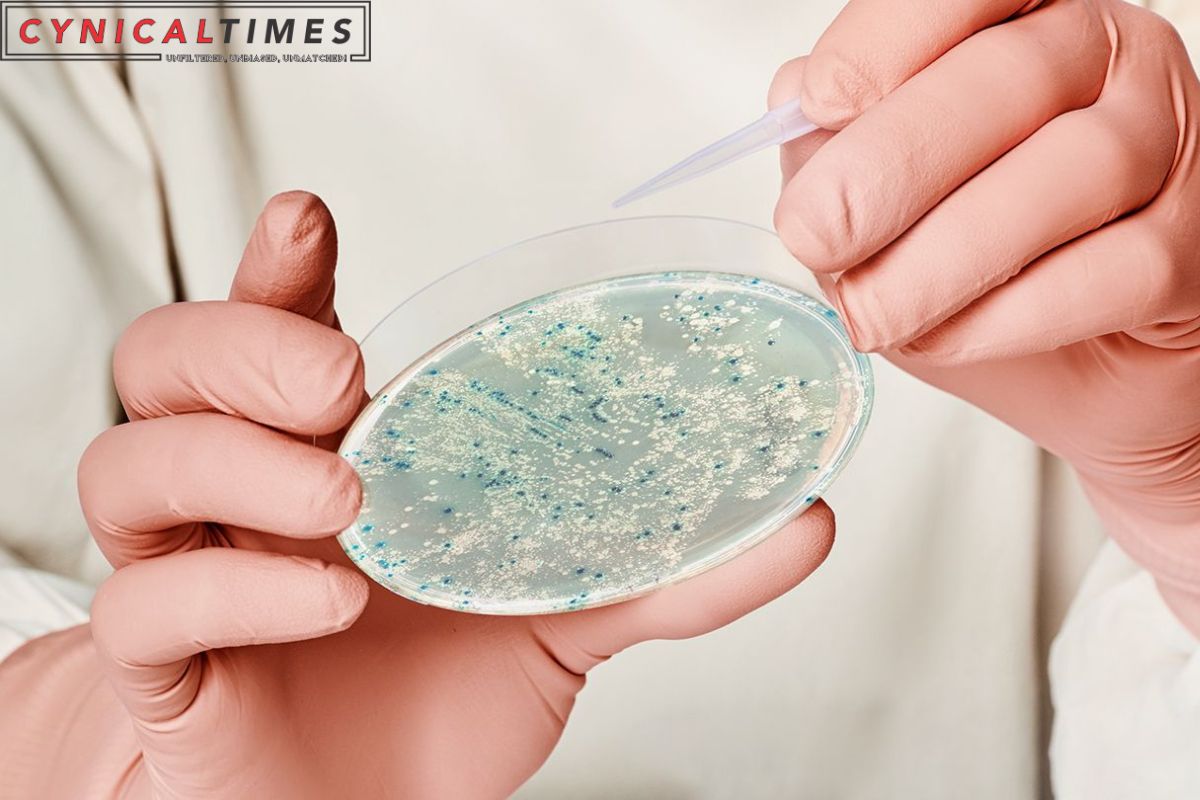Ecoli in Grand Canyon : The NPS advises boiling water at Phantom Ranch in the Grand Canyon for drinking, brushing teeth, washing dishes, making ice, and cooking. E. coli bacteria in the park’s water can cause illness, especially in those with weak immune systems. Currently, E. coli hasn’t been found elsewhere except Phantom Ranch.
The NPS advises boiling water for one minute per 1,000 feet of elevation to kill germs. You can use bottled water instead of boiling.
The CDC states that E. coli is a common bacteria found in the environment, food, and the guts of people and animals. Some strains are harmless, but others can cause stomach cramps, diarrhea, vomiting, respiratory illnesses, UTIs, and pneumonia. Symptoms typically appear 3-4 days after contact but can range from 1-10 days. In severe cases, E. coli can cause issues like HUS, resulting in life-threatening kidney failure.
The CDC advises seeing a doctor for diarrhea lasting over three days, fever above 102°F, bloody diarrhea, or excessive vomiting causing fluid loss and reduced urine output. HUS causes fatigue, decreased urination, and pale complexion.
Also Read : Valley Fever Surges Due to Climate Change: A Growing Public Health Threat in the US
The National Park Service is working to fix the problem and stop pollution. The NPS stated, “We’re modifying the control system and restarting chlorination.” It also mentioned plans to test for more coliform bacteria to locate the pollution source. “We’ll inform you when tests confirm no bacteria and boiling water is unnecessary,” the NPS said.
The NPS warning provided more details on the possible cause of bacterial contamination. It may have occurred due to increased runoff into the water source, particularly after heavy rainfall. Another cause could be a water distribution system issue, such as a broken pipe or water treatment error.
The NPS wants people to spread this warning so that everyone exposed to contaminated water knows the risks and how to stay safe. While the warning currently applies only to Phantom Ranch, visitors to other areas of the Grand Canyon should stay updated.
Despite NPS efforts, residents and tourists must still follow boiling directions. As studies investigate contamination origins and severity, regular updates are necessary.
Our Reader’s Queries
Is there E. coli in the Grand Canyon water?
Water at the bottom of the Grand Canyon has been found to contain E. coli. The affected area is limited to Phantom Ranch and its immediate surroundings, which is the sole lodging option below the rim. Park officials are taking necessary measures to address the issue.
What bacteria is in the Grand Canyon?
Officials at Grand Canyon National Park have issued a warning after discovering coli bacteria in the water supply near Phantom Ranch. This type of bacteria can cause illness, especially in individuals with weakened immune systems. It is important to take precautions and avoid consuming or using the contaminated water.
Is it safe to swim in lake with E. coli?
It’s crucial to be vigilant for any signs of E. coli, even if you don’t feel its effects right away. If there are any warnings, it’s advisable to avoid swimming in the lake altogether. To ensure your safety, it’s best to follow all E. coli guidelines.
Are E. coli strains toxic to humans?
STEC, a type of E. coli, produces Shiga toxin that can harm your cells. This toxin is also released by Shigella bacteria. STEC is notorious for causing widespread E. coli outbreaks, usually due to contaminated food.


